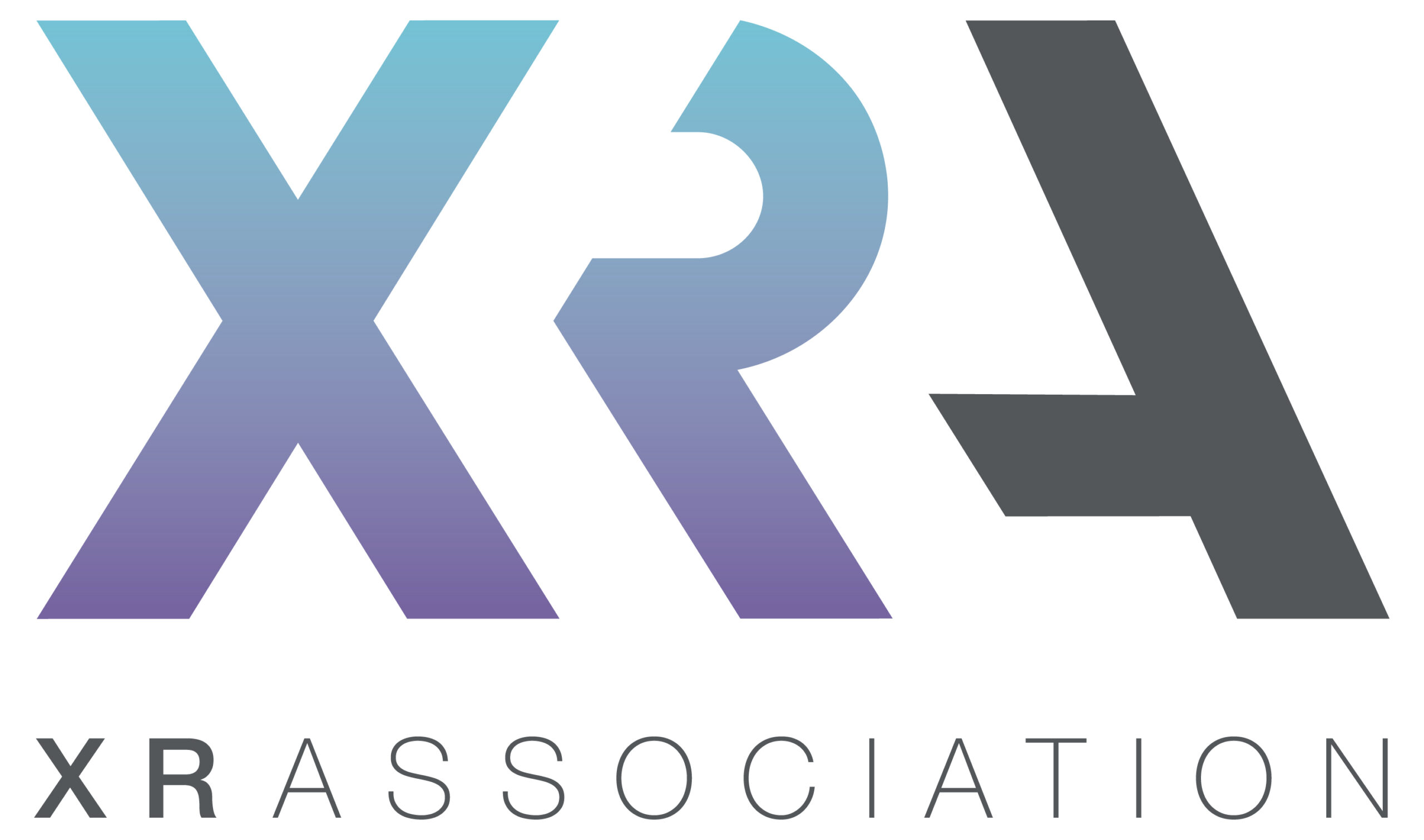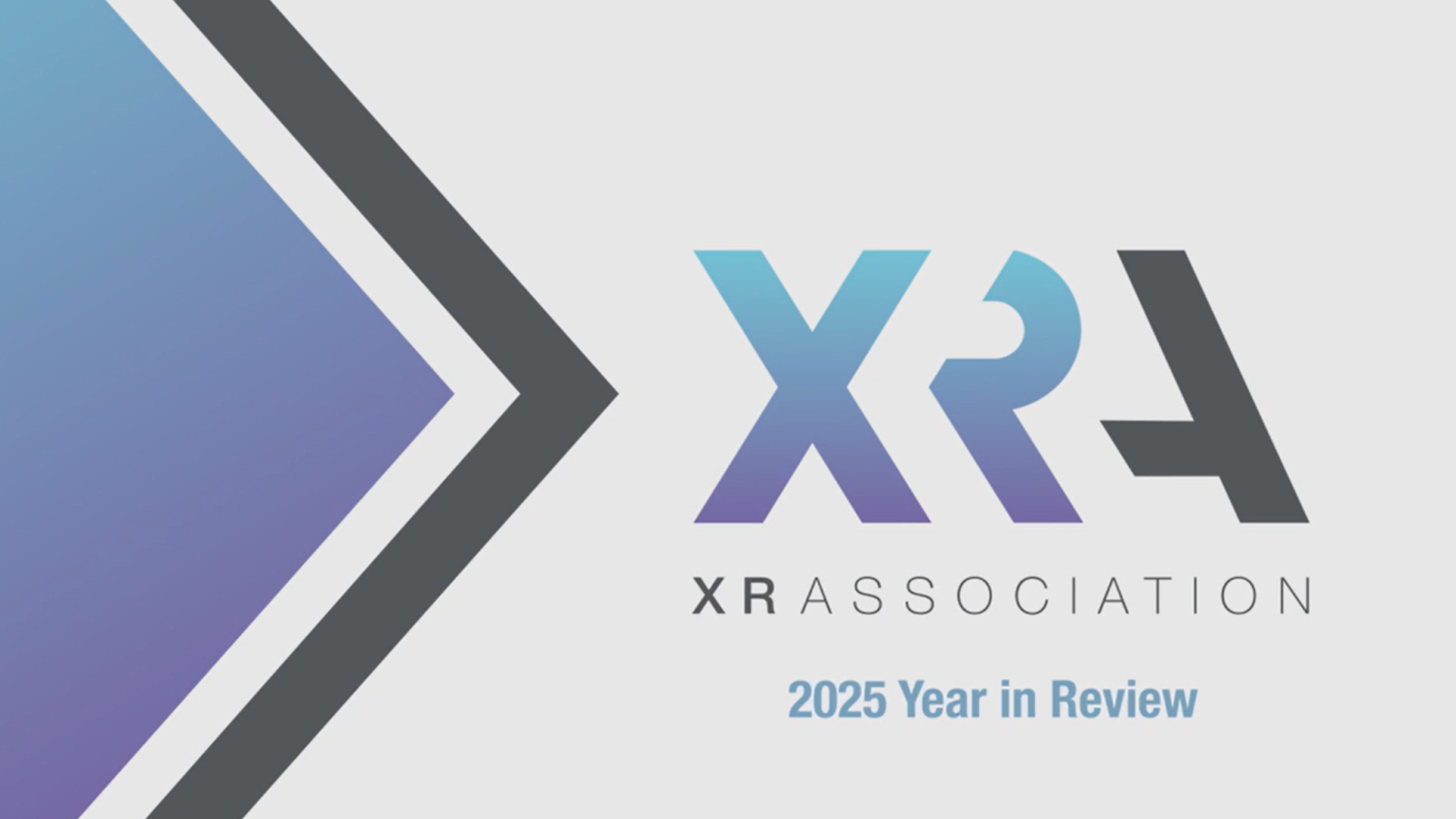XRA 2022 KICKOFF: Reflections On 2021 and A Look Ahead to 2022

Throughout 2021, the world saw an acceleration in the use of, and interest in, XR technologies. There was a seismic shift towards creating applications and devices that will bring everyone into the virtual world. Collectively, the XR industry made great strides in both personal and enterprise use of XR.
As the industry prepared for expansion, the XR Association continued its mission promoting the responsible development and use of this pioneering technology.
What follows is just some of the highlights from 2021, and a look at what’s in store for the industry in 2022.
Important XRA Milestones
- “Immersive Technology” included as a priority technology in the US Innovation and Competition Act passed by the U.S. Senate, the XR Association’s chief legislative priority in 2021.
- Announced the development of a new independent advisory council. The Future of XR Advisory Council (XRAC) tasked with defining the XR ecosystem and advising XRA around considerations for the industry’s growth and maturity of XR.
- XR Association hosts inaugural Limitless Future Conference, releases survey focused on HR professionals.
- Hosted the 2021 Games for Change Festival’s XR4C panel discussion “Why Policy Matters”.
- Launched XR Community Webinar by XRA with NIST’s XR community of Interest.
- Launched XRAlert, a free curated newsletter about the rapidly evolving immersive tech industry to 2000+ subscribers.
- XR Association Launches a New Accessibility Focused Site, XRACCESSABILITY.GITHUB.IO, in collaboration with XR Access.
- Co-hosted first annual AR/VR Policy Conference with ITIF.
Major Players and Activities
XRA members represent the broad ecosystem of the XR industry, such as headset manufacturers, technology platforms, component and peripheral companies, internet infrastructure companies, enterprise solution providers and corporate end-users. Within the past year, the industry has seen exponential growth in the immersive technology space. Our members are at the forefront of the industry, as seen in new product launches, re-brands, and partnerships.
The metaverse becomes mainstream
- Facebook changes its name to Meta in major rebrand
- Meta launches a two-year, $50M fund to help build the metaverse responsibly
- Facebook takes a step toward building the metaverse, opens virtual world app to everyone in U.S.
Entering a new world with headsets and glasses
- Boeing wants to build its next airplane in the ‘metaverse’ [using Microsoft HoloLens]
- HTC VIVE breaks new ground with launch of portable VIVE Flow immersive glasses
- Facebook execs tease VR prototype hardware with new photos
- HTC Vive Focus 3 gets more accurate hand tracking in new update
- HTC’s Vive Focus 3 update could free arcades from VR backpacks
- Sony gives us a sneak peek at its 8K VR headset prototype
- HTC Vive launches 2 VR headsets and pro tools for enterprises
The path to a virtual (and immersive) workspace
- Microsoft Mesh powers shared experiences in mixed reality
- Microsoft Mesh feels like the virtual future of Microsoft Teams meetings
- Mark Zuckerberg’s first friend in the metaverse is Microsoft
- Facebook gets VR meetings right with Horizon Workrooms
- HTC’s Vive XR Suite Expands Into EMEA, Australia, New Zealand & Taiwan
A Look Ahead
Crafting public policy for immersive technology will need a collaborative effort among policymakers, industry leaders, civil society and academics. Given the evolving landscape of the industry, the topics below will likely be a focus for the industry:
- Privacy and data stewardship. XR devices require biometric information to deliver optimal immersive and engaging experiences. XR platforms and developers will need to build robust data governance programs to secure data, protect privacy, and earn user trust.
- Safety and wellbeing. XR is a technology that pervades everything, from health care, medicine, education, public safety, manufacturing, construction, infrastructure, collaboration, the workplace and others. With limitless opportunity also comes a responsibility to discuss use – and age – parameters, and develop appropriate guidelines.
- Accessibility and inclusion. XR technology has the potential to help organizations create equity and promote diversity. Immersive learning currently represents one of the most promising options for changing traditional approaches to education, closing achievement gaps and creating tailored programming to meet the individualized needs of each learner.


